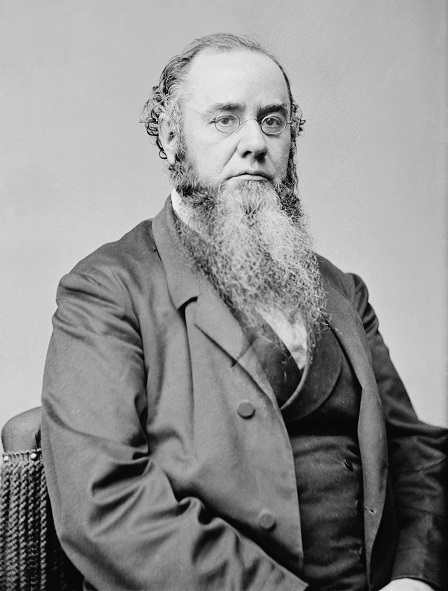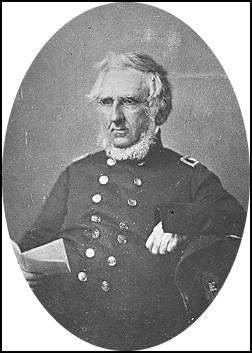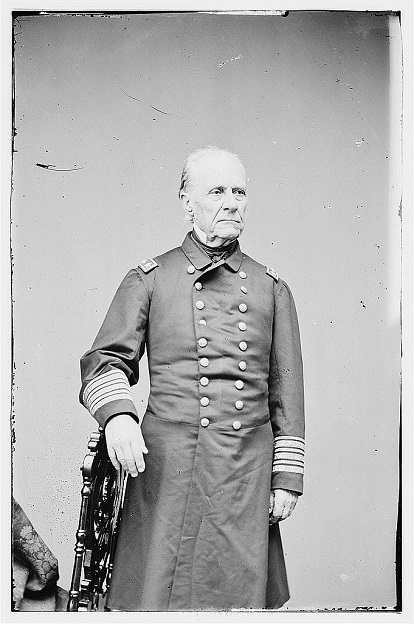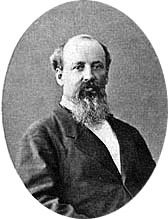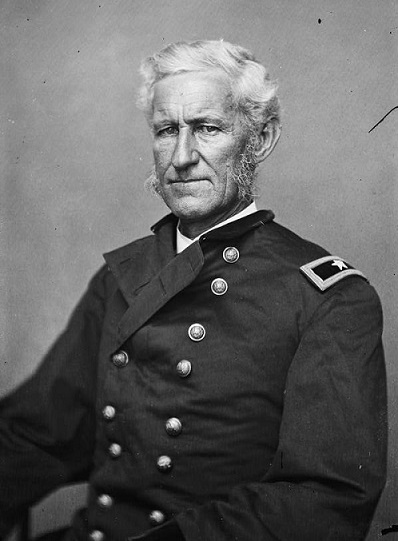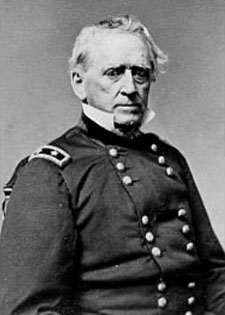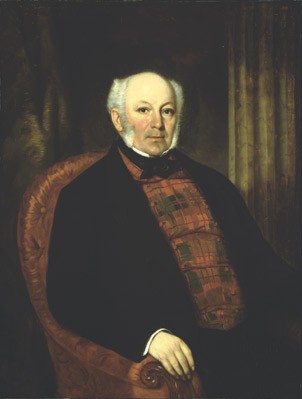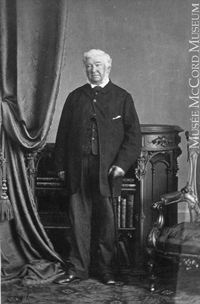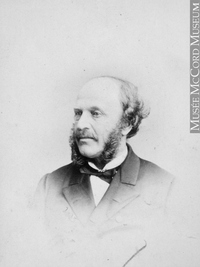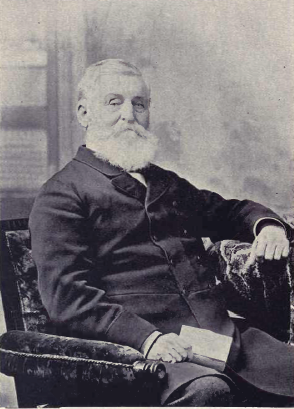BNA didn't have 3.4 million people in 1861; Statscan gives the following:
Upper Canada (Canada West/Ontario) had a population of 1,396,091; Lower Canada (Canada East/Quebec) haad 1,111,566, for a total of 2,507,657 in the Province. The population was (roughly) 60-40 Anglophone/Francophone.
In the Maritimes (each a separate colony, with a separate British governor, separate local legislature, and separate local militia structure and politics), the numbers were as follows: New Brunswick had 252,047; Nova Scotia, 330,857; Prince Edward Island had 80,857; Newfoundland had 122,638 in 1857. Link is here:
http://www.statcan.gc.ca/pub/98-187-x/4064809-eng.htm
The ten percent figure is a historical standard for the male population that can be subtracted from the overall population for war service (army, navy, or otherwise) without a
major impact on the existing economy of a given population.
The reality is ten percent is rarely reached, but it is a yardstick; the War College and ICotAF has reams of material on these issues, if you truly wish to pursue it.
That being said, ten percent of the population of the Province of Canada's population in 1861 would have totalled 250,765. The reality of mobilization, however, is that (for example) the US states of Ohio (2,339,502) and Minnesota (172,023) are roughly equivalent to the entire population of Upper and Lower Canada, and (historically), over the course of 48 months of war, Ohio is credited with 313,180 enlistments, and Minnesota with 24,020, for a total of (roughly) 337,000 enlistments.
However, that is over the course of 48 months of war, and in a nation of ~22 million (free states and border states) with an aggregate number of enlistments of ~2.8 million. The actual numbers of US troops in service in the winter of 1861-62 was roughly 527,000 (less than a quarter of the "ideal"), and some percentage of those were always going to be sick, on furlough, detached duty (recruiting, administrative, etc), absent, or in transit. This holds true for all armies throughout history, of course.
But, set that aside.
If the 10 percent rule is adhered to (again, as a yardstick), the US can mobilize 2.2 million men; the Province of Canada can mobilize 250,765.
Including all the "settled" colonies in BNA brings in ~25,000 from New Brunswick, ~33,000 from Nova Scotia, ~8,000 from PEI, and ~12,000 from Newfoundland, for another ~78,000, or a total of ~330,000.
However, if the percentages of those actually in service mirror those of the US (historically), that those actually in uniform and organized are roughly 82,500.
<snip>
OK I shall play the silly 10% numbers game:
Census 1861 unless stated otherwise
Canada West 1,396,000
Canada East 1,112,000
Maritime colonies excluding Newfoundland ca. 664,000
Newfoundland 125,000
HBC lands and North West Territories (excluding natives) 6,500 ea.
British Columbia 52,000
Vancouver Island 3,000 (exclusive of RN and RE)
Bermuda 11,500
TOTAL population of BNA colonies 3,318,000
United Kingdom of Great Britain and Ireland 29,070,000
Hong Kong 120,000
Australian Colonies 1,207,000
New Zealand (Pakeha only) 95,000
TOTAL Australasian colonies inc. HK 1,422,000
Cape Colony – 566,158 (1865) of which 187,000 Europeans
Jamaica 441,000
Barbados 157,200
Grenada 31,900
Bahamas 35,000
Trinidad & Tobago 99,000
TOTAL selected WI colonies 764,100
Malta 141,000
Ionian Islands Protectorate 236,000
TOTAL Mediterranean holdings 377,000
British India ca. 231,000,000+ ex. Princely states
+ many other pink bits of the globe.
Confederate States of America (1860 data)
5,583,000 free people (nearly all white)
3,521,000 people owned by other people (all black)
United States of America (1860 data)
21,906,000 free people (mostly white)
433,000 people owned by other people (all black)
French population 37,386,000
So that would give us at 10% of population:
British armies 2,907,000
BNA armies 331,800
Australasian armies 142,200
Armies from Cape Colony 37,400 (assumes 10% Europeans & equal no blacks)
Armies from West Indies colonies 76,410
Armies in the Mediterranean 37,700
TOTAL Empire less India 3,532,210
We know that the British merchant marine has more than sufficient tonnage to move all of these troops to North America as required.
Armies of the CSA (ex blacks) 558,300
Armies of the USA (inc blacks) 2,233,900
So at this point we are looking at a ratio against the USA of 1.83 to 1.
The French armies would be 3,738,600
If only 1/3 of them were used then we are well over 2 to one against the USA and that is without the British using the vast military resource of India or using Chinese mercenaries or picking up additional allies from Europe and South America.
In summary no one is going to deploy 10% of her population in armies but whatever fraction they chose to deploy the advantage of numbers is with the British, possibly the French and the CSA. The USA just does not have the population to match them.

